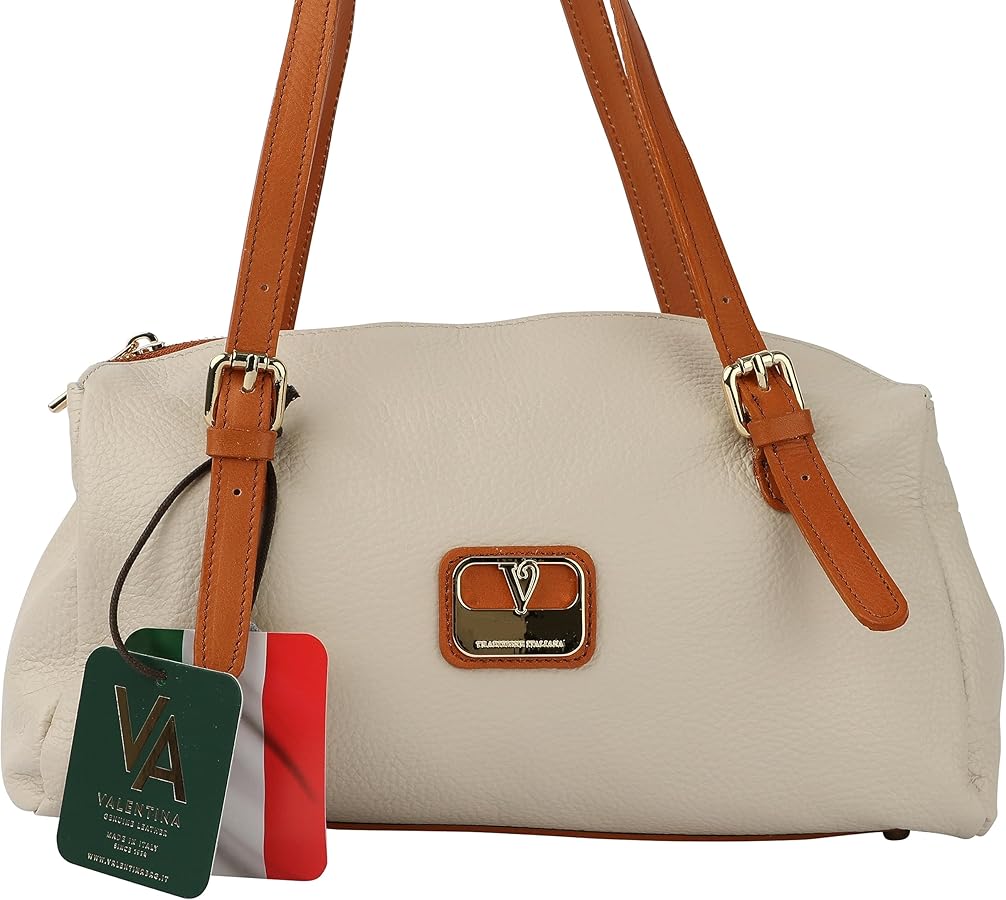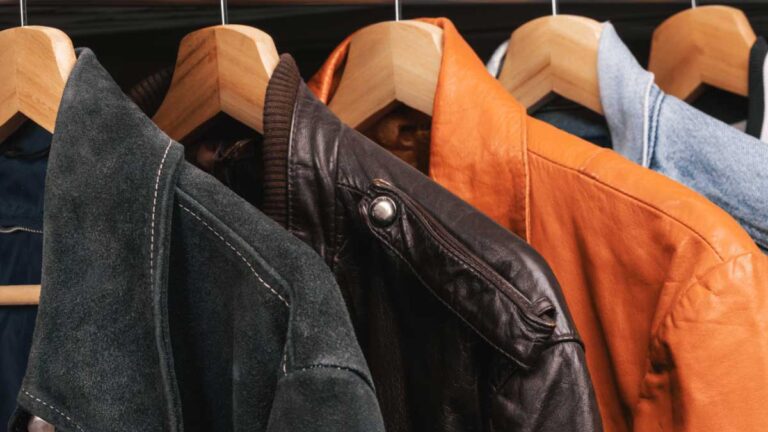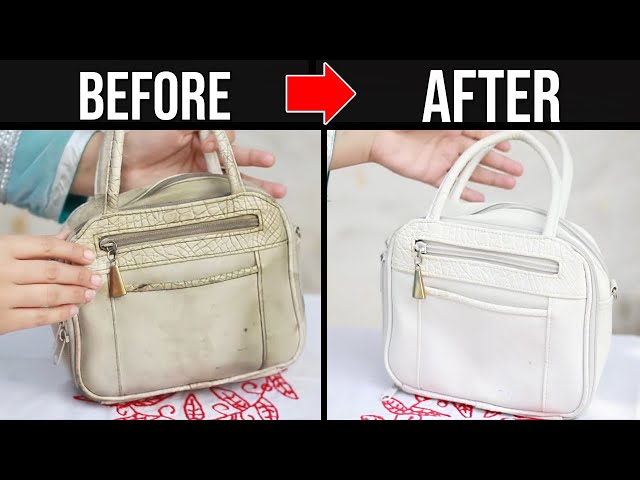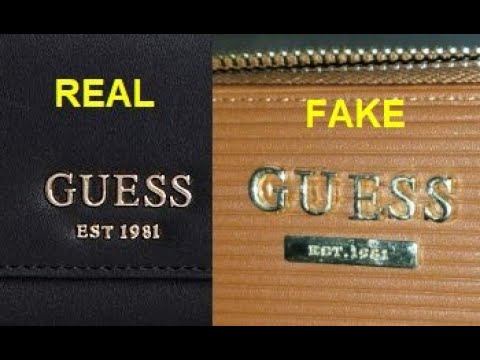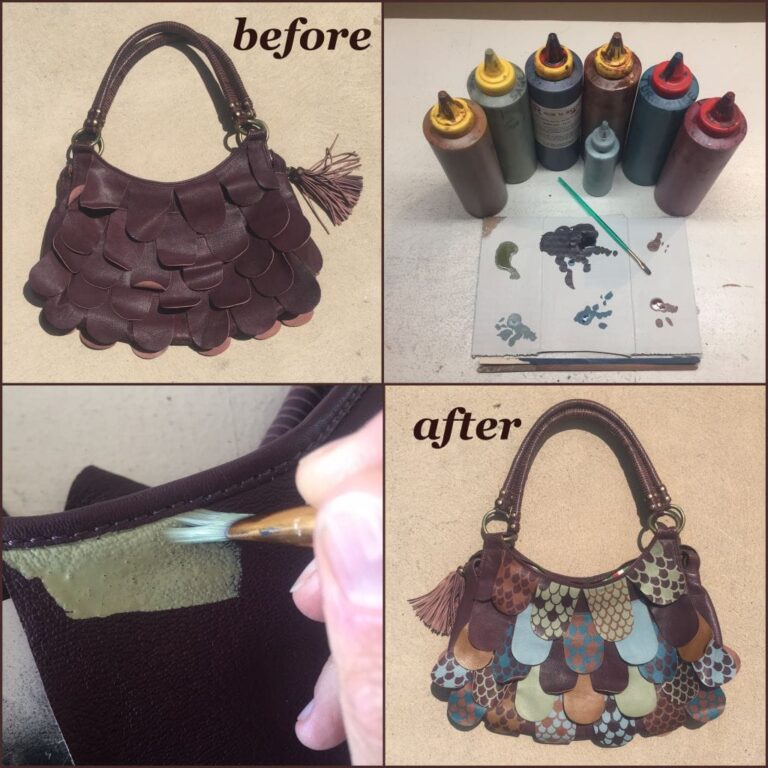Are Vera Pelle Bags Real Leather? Uncover the Truth
Understanding Leather Bags
Researching leather bags involves diving into the different types of leather and distinguishing between genuine leather and faux leather. This information is crucial for understanding if vera pelle bags are real leather.
Types of Leather
Leather bags can be made from various types of leather, each with unique characteristics and qualities. The primary types of leather include:
- Full-Grain Leather: The highest quality leather, full-grain leather is made from the top layer of the animal hide. It retains its natural imperfections and develops a beautiful patina over time.
- Top-Grain Leather: This type of leather is also high-quality but has the top layer sanded down to remove imperfections. It is more uniform in appearance and slightly less durable than full-grain leather.
- Genuine Leather: Often marketed as real leather, this type is made from the lower layers of the hide or leather scraps. While it is real leather, it is of a lower quality and durability.
- Bonded Leather: This is made from leather scraps and fibers that are bonded together with adhesives. It contains a small amount of real leather and is usually less expensive and less durable.
| Type of Leather | Durability | Quality | Price Range |
|---|---|---|---|
| Full-Grain Leather | High | Superior | High |
| Top-Grain Leather | Medium | High | Medium-High |
| Genuine Leather | Low-Medium | Moderate | Low-Medium |
| Bonded Leather | Low | Low | Low |
Genuine vs Faux Leather
Understanding the difference between genuine leather and faux leather is crucial when selecting a leather bag.
Genuine Leather:
- Composition: Made from animal hides such as cow, buffalo, deer, crocodile, and ostrich (Moonster Leather).
- Texture and Feel: Genuine leather has natural imperfections and a unique feel. The texture can vary, showing character and uniqueness in each piece.
- Smell: Real leather has a distinct, natural odor derived from the animal hide.
- Water Absorption: Genuine leather absorbs water slowly and darkens, indicating its natural origins.
Faux Leather:
- Composition: Synthetic material designed to resemble real leather, sometimes labeled as bonded leather, PU leather, vegan leather, or synthetic leather (Moonster Leather).
- Texture and Feel: Faux leather has a more consistent pattern, perfect edges, and uniform texture, lacking the natural imperfections of genuine leather.
- Smell: Often has a chemical smell or no odor, different from the natural smell of real leather.
- Water Absorption: Faux leather does not absorb water and remains unchanged when wet.
To maintain the quality and longevity of your leather bag, it’s essential to follow proper care practices. For more information on how to care for various types of leather bags, check out our detailed guides on how do you clean a leather bag and how to clean a Michael Kors leather bag.
Identifying Real Leather
When determining if your Vera Pelle bag is crafted from genuine leather, you can rely on several tests and characteristics. Here are key methods to help you identify real leather.
Texture and Feel
Genuine leather typically has a unique texture with natural imperfections and rough edges. It feels soft, slightly stretchy, and has a grainy quality. Real leather also warms with body heat and is flexible, unlike faux leather, which feels cold and plastic-like.
Characteristics of Genuine Leather vs. Faux Leather:
| Property | Genuine Leather | Faux Leather |
|---|---|---|
| Texture | Grainy, natural imperfections | Uniform, consistent |
| Feel | Soft, slightly stretchy | Cold, plastic-like |
| Flexibility | Warming with body heat, flexible | Rigid, inflexible |
Smell Test
The smell of leather can be another good indicator. Genuine leather has a distinct earthy, woodsy, or leathery scent, while fake leather often smells like plastic or chemicals. High-end vegan leathers usually have no smell at all.
Guidelines for Smell Test:
- Genuine Leather: Earthy, woodsy, leathery
- Faux Leather: Plastic or chemical scent
- Vegan Leather: No discernible smell
Water Absorption Test
One of the simplest methods to distinguish real leather from fake is the water absorption test. Genuine leather possesses a natural quality of quickly absorbing moisture. When you place a small drop of water on the surface, it should be absorbed within a few seconds, darkening the leather (Von Baer). Faux leather, on the other hand, does not absorb water and the droplet will remain on the surface.
Steps for Water Absorption Test:
- Place a small drop of water on the leather surface.
- Observe whether the water is quickly absorbed and darkens the leather.
- If the water sits on the surface without being absorbed, it’s likely faux leather.
For more tips on caring for your leather items, check out our guides on how do you clean a leather bag and how to restore leather bag.
By using these methods, you can confidently determine if your Vera Pelle bag is made from real leather. For further exploring other leather-related questions, see if are coach bags real leather or are louis vuitton bags leather might intrigue you.
Innovative Leather Alternatives
In your quest to discover if Vera Pelle bags are real leather, you’ll find that there are also exciting alternatives to traditional leather on the market. This section explores three innovative types of eco-friendly and ethical leather options: lab-grown leather, biosynthetic leather, and mushroom leather.
Lab-Grown Leather
Lab-grown leather, developed by companies like Modern Meadow, is a groundbreaking alternative that uses bioengineered cells from living cows to create genuine, blemish-free leather sheets (LinkedIn). This method prevents animal cruelty and drastically reduces the ecological footprint associated with traditional leather tanning. Below is a comparison of lab-grown leather and traditional leather:
| Feature | Lab-Grown Leather | Traditional Leather |
|---|---|---|
| Animal Cruelty | None | Present |
| Ecological Footprint | Low | High |
| Quality | High | High |
| Production Time | Shorter | Longer |
| Consistency | Blemish-Free | Variable |
Interested in maintaining your bag’s pristine condition? Check out how do you clean a leather bag.
Biosynthetic Leather
Biosynthetic leather is another innovative alternative that could potentially revolutionize how leather is made. This type of leather is created through biological processes that involve no animal products. Its production avoids factory farming, requires zero land usage, and emits no CO2, significantly mitigating the impact on climate change (LinkedIn). Consider the environmental benefits:
| Feature | Biosynthetic Leather | Traditional Leather |
|---|---|---|
| Animal Cruelty | None | Present |
| CO2 Emissions | Zero | High |
| Land Usage | None | Significant |
| Resource Efficiency | High | Low |
| Sustainability | High | Moderate |
Discover more strategies to maintain your bag, including how do you remove ink from leather bag.
Mushroom Leather
Mushroom leather, or “fine mycelium,” is a rapidly emerging leather alternative cultivated from the roots of mushrooms. Companies like Forager are pioneering this material, which offers numerous benefits, including sustainability, flexibility in colors and textures, and high performance. Mushroom leather integrates seamlessly into existing supply chains and provides a viable substitute for various applications. Here is a snapshot:
| Feature | Mushroom Leather | Traditional Leather |
|---|---|---|
| Production Time | Short | Longer |
| Customization | High | Moderate |
| Durability | High | High |
| Environmental Impact | Low | High |
| Flexibility | High | Moderate |
Looking for ways to maintain the appearance of your leather bag? Visit how to clean white leather bag.
By considering these innovative alternatives, you can make informed decisions about sustainable and ethical bags that align with modern values. Whether you opt for a traditional Vera Pelle bag or an eco-friendly alternative, maintaining your bag’s condition will ensure its longevity and appeal. For detailed maintenance tips, explore how to restore leather bag.
Italian Leather Excellence
Italian leather is revered for its unmatched quality, luxury, and craftsmanship. Its global recognition goes beyond the “Made in Italy” label, rooted in unique attributes that set it apart from other leathers. Here, we delve into the qualities, traditional making process, and grades of Italian leather.
Italian Leather Qualities
Italian leather stands out due to its softness, durability, and rich color. These characteristics are mainly achieved through traditional vegetable tanning methods. The process involves treating leather with natural tannins extracted from plants, which results in a supple yet resilient material.
Key qualities of Italian leather include:
- Smooth Texture: Exceptionally smooth and pleasing to the touch.
- Rich Color Depth: Deep, vibrant colors that develop a beautiful patina over time.
- Flexibility and Strength: Perfect balance between being flexible and durable.
- Breathability: Allows air to pass, making it comfortable to wear as accessories.
- Natural Aroma: Distinctive and pleasant leather smell.
- Resistance: High resistance to water and stains due to its unique tanning process (Manuel-dreesmann).
Traditional Leather Making Process
The traditional leather-making process in Italy is a testament to the country’s history of excellence in leathercraft. The careful and meticulous steps involved transform raw hides into luxurious material.
- Sourcing High-Quality Hides: The process begins with selecting the finest hides from cows, sheep, or goats.
- Vegetable Tanning: Hides are treated with tannins derived from natural sources like chestnut, mimosa, and quebracho.
- Dyeing: The hides are immersed in vibrant, natural dyes that give Italian leather its rich colors.
- Finishing: The leather is then polished or brushed to achieve the desired texture and sheen.
- Craftsmanship: Skilled artisans add a personal touch through hand-sewing and custom finishing techniques (Manuel-dreesmann).
Grades of Italian Leather
Italian leather comes in various grades, each suitable for different uses and preferences. The primary grades include full-grain leather and top-grain leather.
| Grade of Leather | Characteristics | Recommended For |
|---|---|---|
| Full-Grain Leather | Highest quality, uses the entire grain of the hide, very durable, develops a patina over time | Luxury bags, high-end accessories |
| Top-Grain Leather | Top layer of the hide removed, slightly less durable than full-grain but more flexible, still high quality | Fashion accessories, premium bags |
Figures courtesy Manuel-dreesmann
To ensure your Italian leather bag maintains its luxurious look and feel, it’s important to know how do you clean a leather bag and how to store leather bags. Proper care and maintenance will help protect your investment in a high-quality leather product.
Understanding the excellence of Italian leather enables you to appreciate the craftsmanship and care that go into making these exquisite items. Whether you own a Vera Pelle bag or are considering purchasing one, you can be confident in its quality and authenticity. For more on Italian leather and its various applications, explore articles on specific brands like are Coach bags real leather and are Louis Vuitton bags leather.

